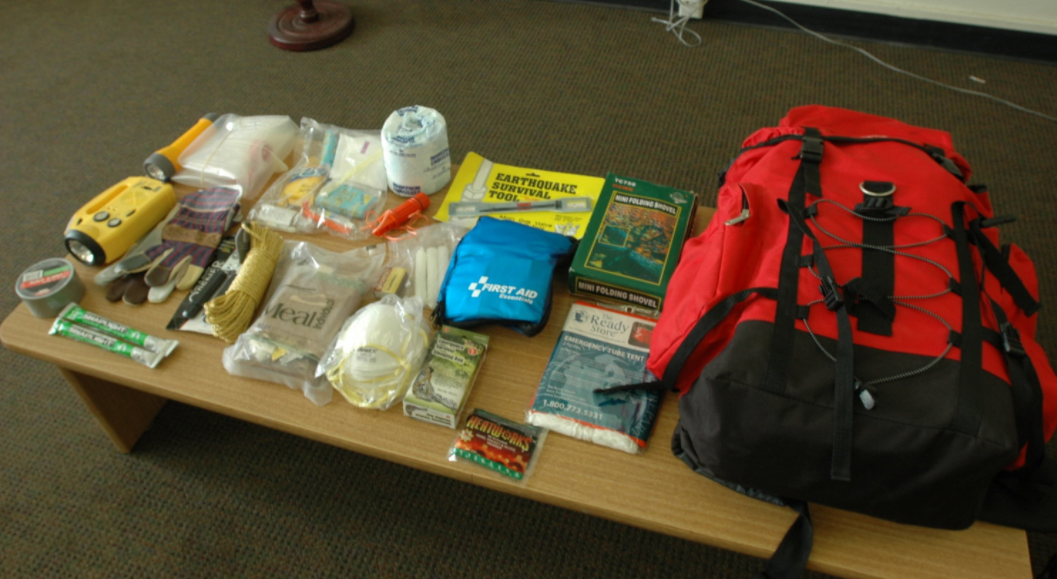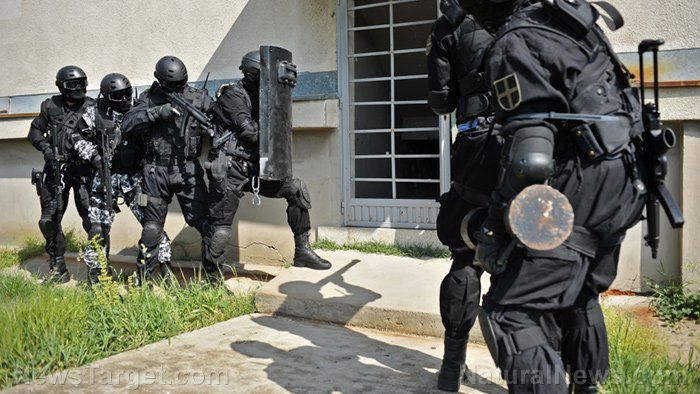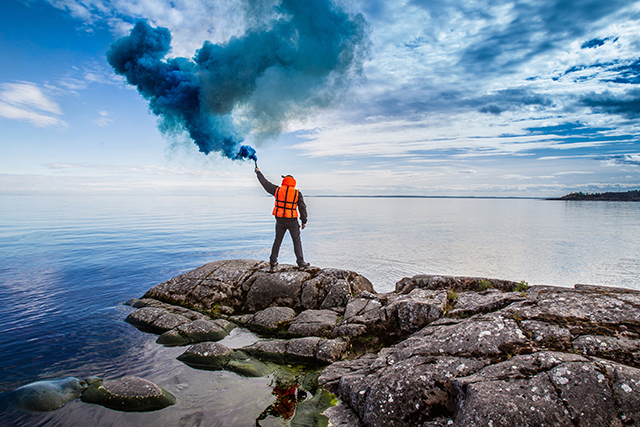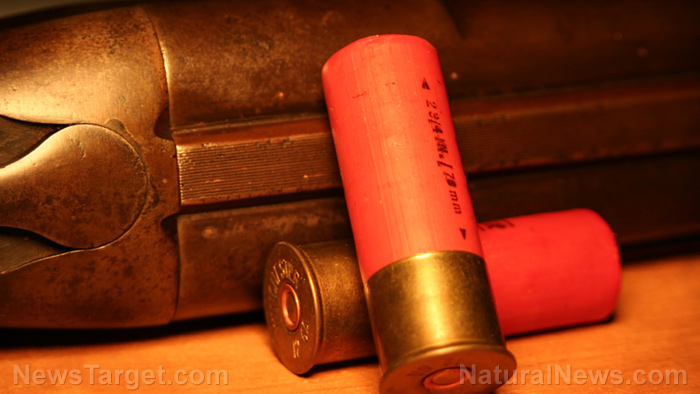Read this wisdom-filled guide before you begin prepping
09/09/2018 / By Edsel Cook

So you finally decided it’s high time to prepare for a potential crisis or a natural disaster. Whatever your reasoning for taking up prepping, an article in Survivopedia has some strong suggestions about your starting position and priorities.
The first and more important thing is to learn the basics of survival. Determine your main priorities, decide between bugging out or bugging in, find out the right food to stockpile, calculate the amount of water you will need to stay alive, and so on.
Think of all the possible disasters that are most likely to hit your location. Determine how badly each event will change your life. This will let you prioritize a crisis, although you should also prepare for other threats. (Related: How to prevent bug bites in the wild.)
Grow your stockpile
Now it is time to start building your stockpile. Get the essentials first: Food, water, and a means of keeping cool or warm, depending on the climate.
The trick is to stockpile a small amount of each essential item at the same time. It won’t do if you have a lot of food but no water, and vice versa.
Build up enough essential supplies for one week. Then you can move to other necessities, such as medical supplies and weapons.
Once you have enough to last a week, expand it to a month’s worth of supplies. Again, alternate between basic and supplemental material.
Repeat this until you think you have enough to last you for the crisis. Most preppers aim for a minimum of six months to a year.
Make sure the supplies will last a long time. The food must be preserved, the water must be stored, and so on.
Get the right tools
Supplies are good, but the right equipment is better as it will be able to provide your needs better than the best stockpile.
A good example involves water. A single person needs a gallon every day. And that is just drinking water. It doesn’t cover the water you will use for laundry, gardening, and the like.
You cannot stockpile enough water to cover your needs for a year. But you can get equipment that can collect and clean water. Water distillers and purifiers will allow you to replenish your stockpile over the long term.
Likewise, your stockpile of canned food will one day run out. You will need to make more food, which calls for a way to grow fresh food, such as a survival garden or a backyard poultry farm. Then you will need to preserve that food by canning or drying it.
Learn survival skills
The only thing better than equipment is the skill to create those tools. Learn how to make your own survival gear, preferably by improvising with what materials you have at hand but also by building up a workshop to make simple but proper tools.
There is a slim but existent chance that a disaster will completely destroy your shelter, your supplies, and your equipment. Or you might get swept into a survival situation when you are away from your gear.
If that happens, you must have the survival skills and knowledge to keep yourself alive until you can make it back. Carrying a bug-out bag or survival kit with you at all times will help, but if you do not know what to do in an emergency, you are doomed.
Last but not least, avoid getting sidetracked by the desire for comfort. Focus on what will keep you alive when SHTF instead of what will make your life more comfortable.
If this article has got you wanting more prepping tips and tricks, visit Survival.news.
Sources include:
Tagged Under: bugging in, bugging out, disaster survival, preparedness, prepper, prepping, SHTF, Stockpile, survival, survival equipment, survival garden, survival gear, survival skills



















